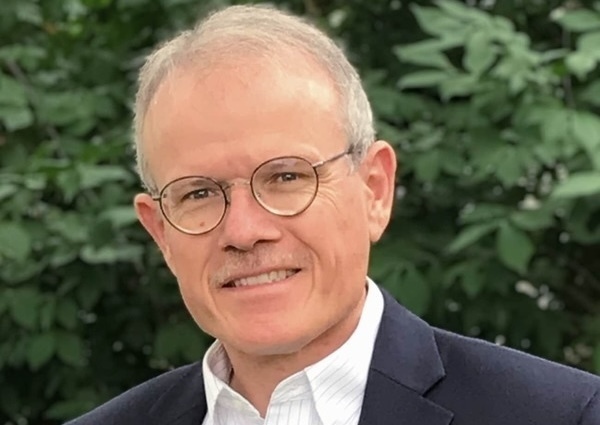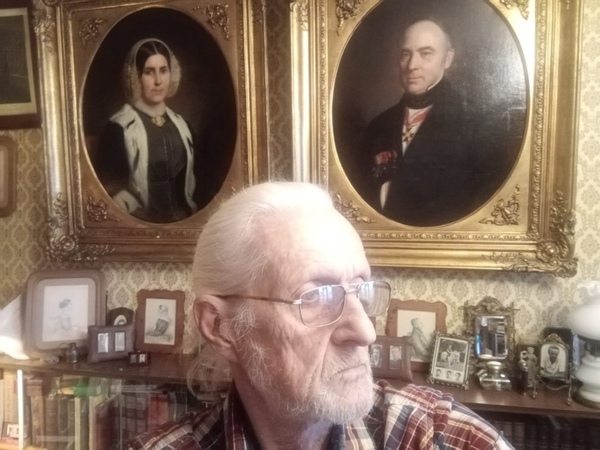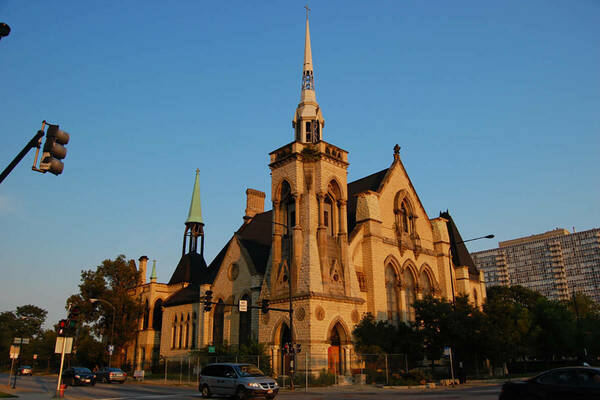If Alexander Martin ever tires of research, teaching, and writing, he could consider a career as a detective.

The University of Notre Dame history professor used his investigative skills — including handwriting analysis — to identify an anonymous man who had written an eyewitness account of Napoleon’s 1812 invasion of Moscow.
That man, Johannes Ambrosius Rosenstrauch, became a focus of Martin’s microhistory, From the Holy Roman Empire to the Land of the Tsars, which won the 2023 Reginald Zelnik Book Prize in History.
Martin said the 20-year project remained fresh and interesting throughout.
“There’s this combination of, on one hand, it being a detective job, and it was really fun when I’d discover some new detail,” he said. “And on the other hand, I was trying to figure out what it all meant and how I could relate this to bigger questions from history.”
Reconstructing a life story
The seed for the book project was planted in 2002, when Martin was doing research in an archive in Russia for what would become his 2013 book, Enlightened Metropolis: Constructing Imperial Moscow, 1762-1855.
That book — which won the Marc Raeff Book Prize and the Best Book Award in Non-North American Urban History — included a chapter about Napoleon's occupation of Moscow. When Martin was researching that particular chapter, archivists showed him a notebook that contained an eyewitness account of the occupation that was written in German.

Martin, who grew up in Germany, was fascinated by the author’s details of the French occupation, including riots and fires. The author’s name, though, wasn’t listed.
“That happens a lot,” he said. “You come across a historical document by some random person and you say to yourself, ‘I’d love to know who this person is,’ but you never find out.’”
This time, though, Martin did find out. A couple of years later. While conducting more research in another archive in Russia.
While looking at hundreds of citizen petitions for government aid after the war, Martin noticed details in one of the petitions that matched the notebook description he had read in 2002. The petition was signed by Ivan Rozenshtraukh.
Later, in a Moscow bookshop, Martin came across a copy of an actor’s signature in a theater history book. It matched the handwriting in both the notebook and on the petition. The name? Johannes Ambrosius Rosenstrauch, the German version of Ivan Rozenshtraukh.
“And with that name, I started to be able to reconstruct a whole story. Which was super exciting,” Martin said.
While piecing together Rosenstrauch’s fascinating life story — born a Catholic in Breslau, Germany, in 1768, he died in Kharkov, Russia, as a Lutheran pastor in 1835 — Martin learned Rosenstrauch also had married, divorced, and had four children, including a son who was murdered.
Rosenstrauch also had careers as a barber-surgeon, actor, and successful merchant, and he lived through the French Revolutionary and Napoleonic wars and the Enlightenment.
A history project and an ancestor
Martin decided a microhistory format — which explores how individual people both shape, and are shaped by, historical forces of their time — was ideal for From the Holy Roman Empire to the Land of the Tsars.
Understanding Rosenstrauch’s life, he said, is beneficial for readers interested in how empires and religion can work. And it highlights differences between people in countries and the regimes that govern them.

Judges from the Association for Slavic, East European, and Eurasian Studies agreed. The three panelists — who described the book as original, fascinating, brilliant, and gripping — chose Martin’s submission from 54 entries as the outstanding monograph published on Russia, Eastern Europe, or Eurasia in the field of history.
Martin accepted the book prize in December at the ASEEES Annual Convention in Philadelphia.
The concurrent professor in the Department of German and Russian said he received valuable feedback on the draft from colleagues, both in an interdisciplinary writing group at the Nanovic Institute for European Studies and during a 2016 fellowship at the Notre Dame Institute for Advanced Study.
The large-scale digitization of public documents, archives, manuscripts, genealogy records, books, newspapers, and magazines worldwide also was key to Martin’s research.
And talking with Rosenstrauch’s descendants — in Switzerland, Mississippi, and Moscow — proved enlightening.
“To me, this is a history project. And to them, this is their ancestor,” he said. “The time separating us from Rosenstrauch is basically two long lifetimes. How does that time relate to ours, and how long can memories survive? This was a really interesting chance to think about that.”


